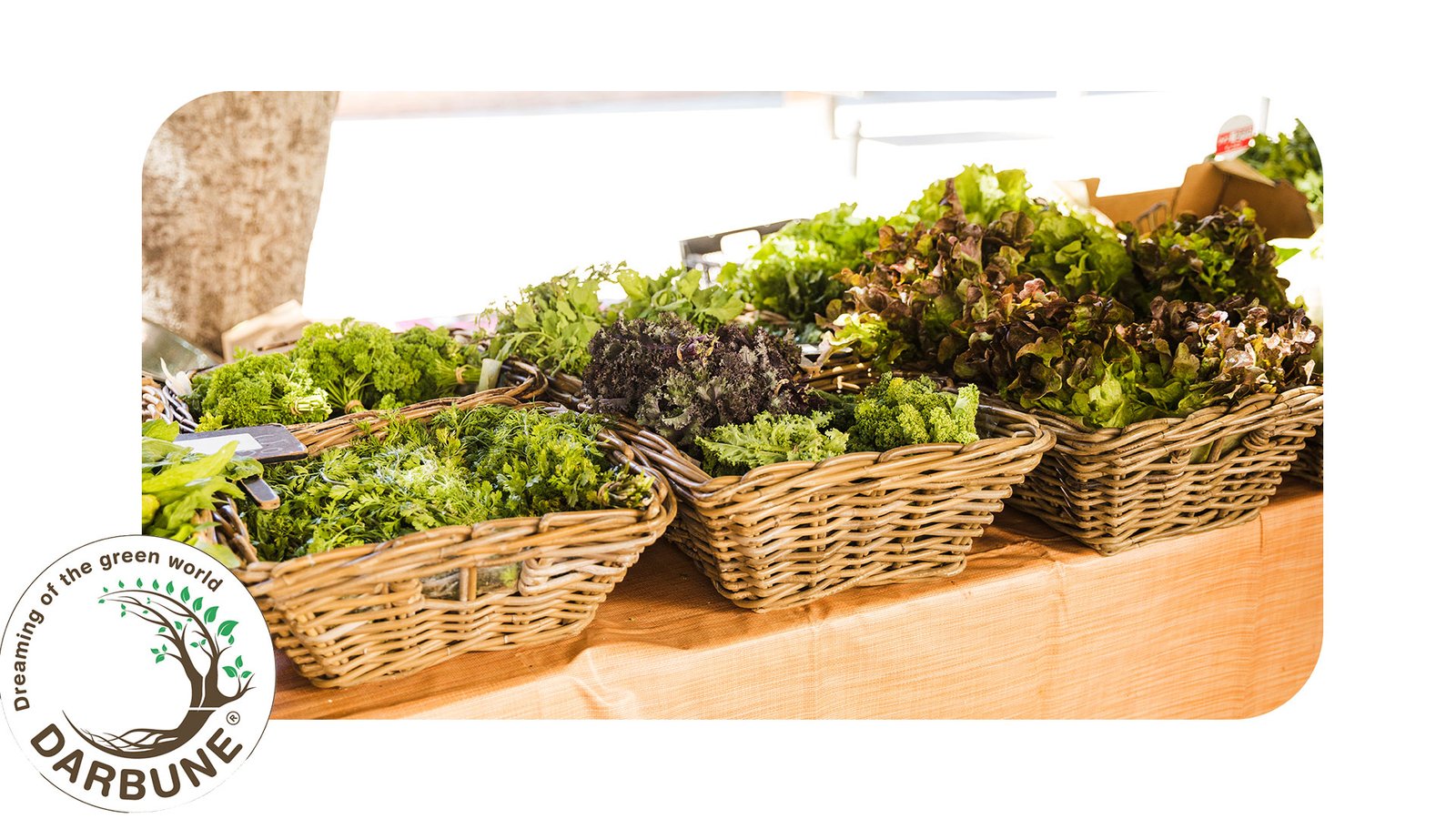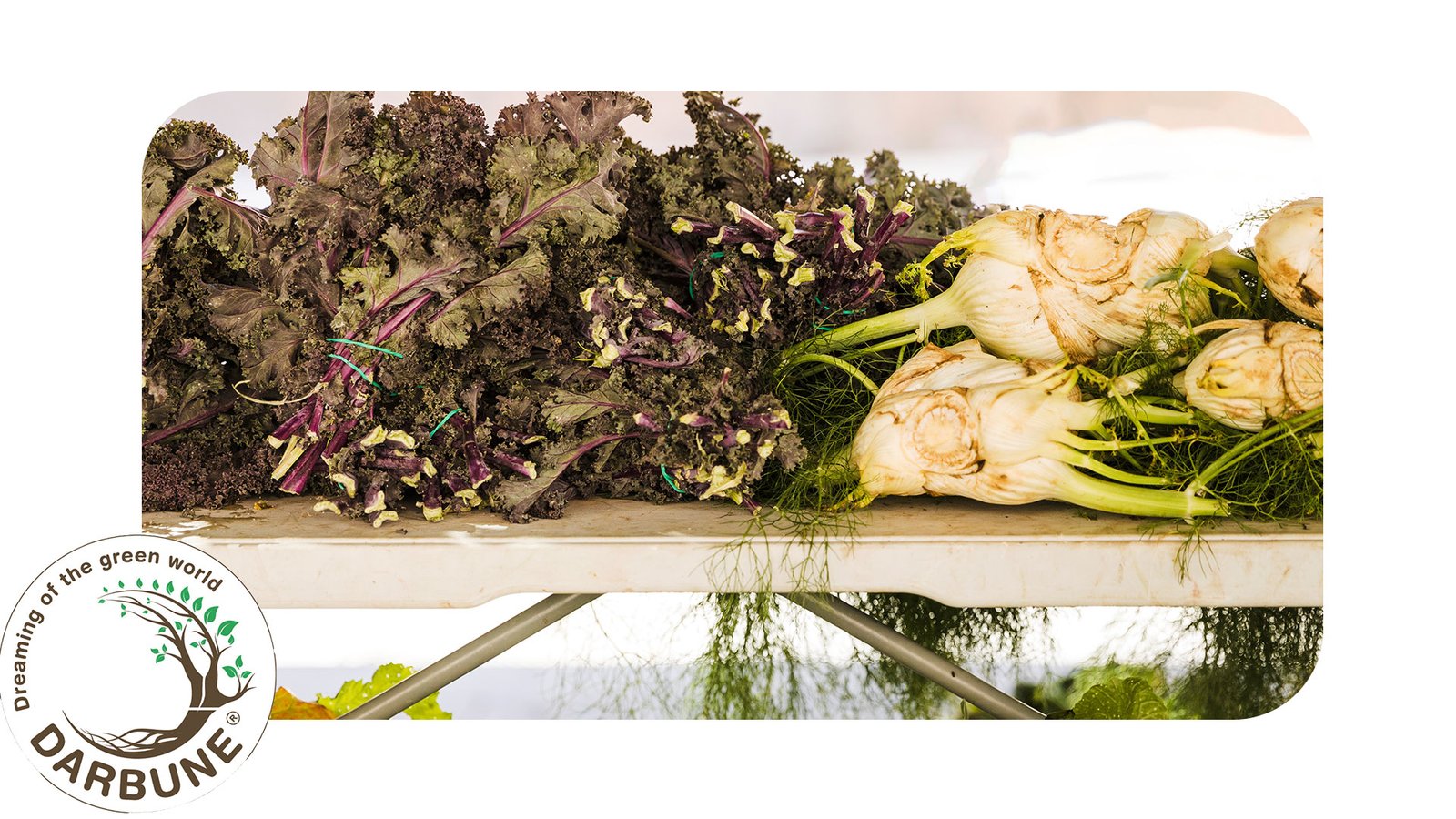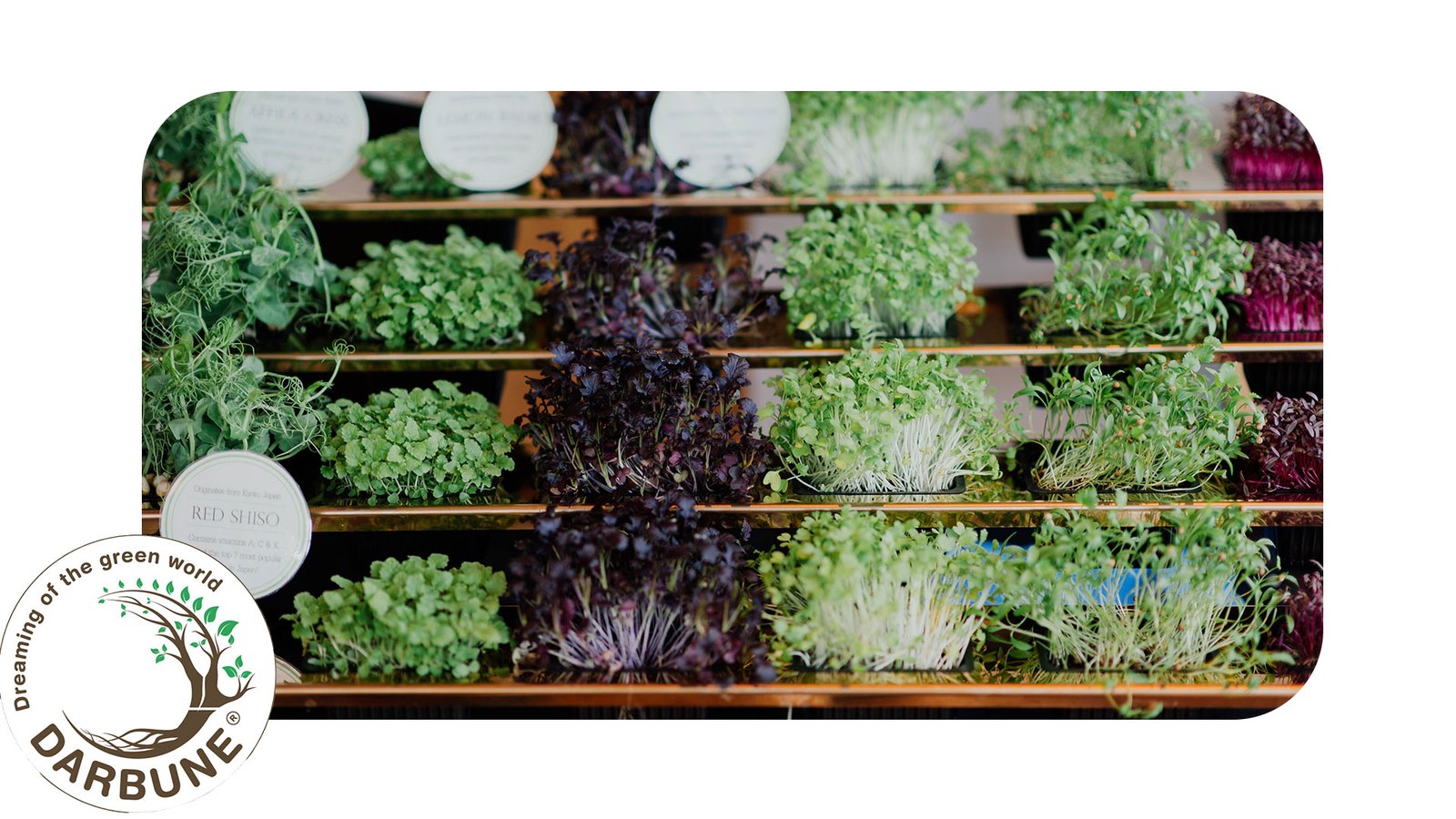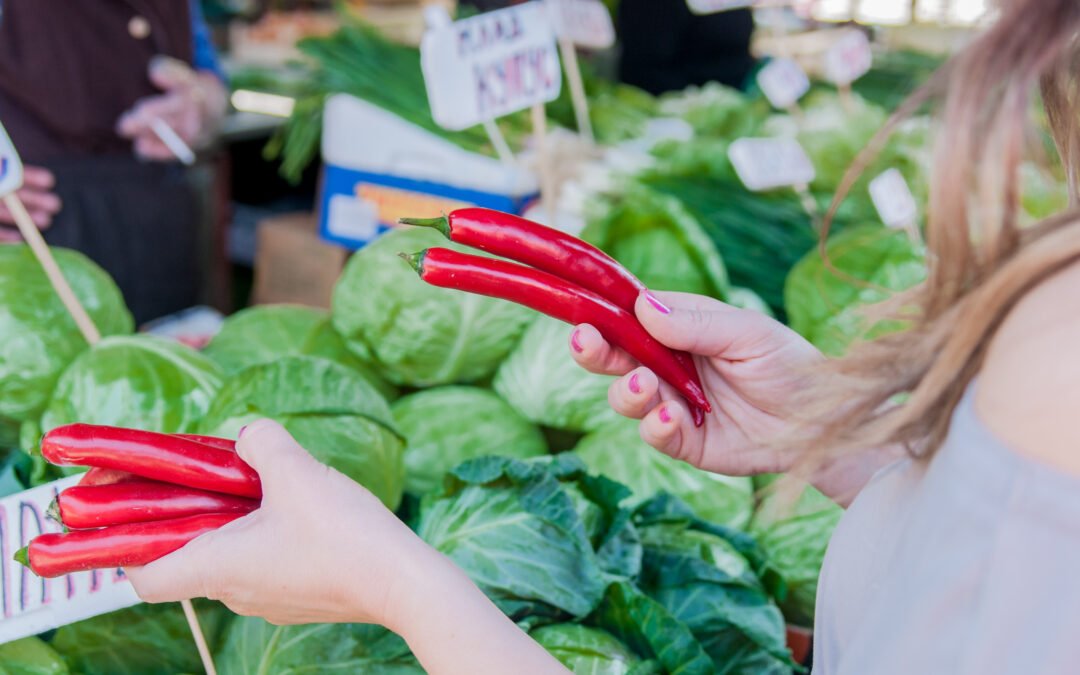Vertical Farming is a new method of growing plants in stacked layers in controlled environments, if you are concerned about the Best Vegetables for Vertical Farming, read till the end!

Vertical Farming
Vertical Farming is a new way of growing plants, with all of the issues that traditional farming causing us, people are looking every day to find new methods to grow plants.
This technology is one of the new farming techniques in which plants are stacked on top of each other unlike traditional farming leading us to grow more food in limited spaces.
If you want to know everything about Vertical Farming, the history behind it, and its pros and cons, we provide an ultimate guide on it on darbune, read to get informed.
Why Choose Vertical Farming for Vegetables
With all of the benefits that Vertical Farming offers, it is one of the great choices to make; you can use it with limited spaces and urban areas because, unlike traditional farming, the plants are in layers stacked on top of each other, in traditional farming they are in a flat field taking lots of space, this method solves this problem.
You can grow your vegetables all year long because you can control the environment and adjust the specific needs of your vegetables, like the humidity, temperature, and light, it means you can create the perfect environment for your vegetables, you can grow your food all year long without considering the weather outside.
It is environmentally friendly and uses less water in today’s world; it is a smart choice to make if you are interested in Indoor Farming methods, check out our solutions and choose the best fit based on your place, budget, and the vegetables you want to grow.
Factors to Consider

When you want to consider vegetables or crops, it is better to pay attention to some factors, for the first factor, it is better to see if the chosen vegetable has a market and then check the vegetable requirements for the growing environment such as weather and humidity, then make sure to research about how long it takes to the crop to grow from a seed to harvest.
You might find a vegetable or crop that grows quickly in your system but does not have any place in the market, or you might choose one that sells perfectly in the market but takes too long so you might run out of money before selling it.
But if you can wait until the slow-growing plant grows, it might still be a good choice if it sells for a good amount of money, However, if you are trying to use Vertical Farming for just your needs and you are not planning to sell it, just check to see if your systems provide the need for your plants.
Top Vegetables for Vertical Farming
- Tomatoes
- Cucumbers
- Peas
- Beans
- Leafy greens
- Peppers
- Pumpkins
- Chard
- Herbs
- Lettuce
- Microgreens
- Carrots
- Muskmelon
- Strawberry
- Kale
- Zucchini
- Rocket
- Cabbage
- Eggplant
- Mint
Leafy greens like Lettuce, Spanish, and Kale are popular choices because they grow quickly, Herbs such as Basil, Mint, and parsley are well-suited for vertical farming due to their fast growth and they also have a good place in the market.
Different tomato types, like grape tomatoes and cherry tomatoes, can be trained to grow in this method of farming, as different types of peppers, such as bell peppers and chili peppers, can grow well in this environment and benefit from this controlled environment, Microgreens, and Cucumbers are also perfect for this Vertical Farming.
If you are interested in growing special plants like coffee, check out our Cafe Farming solutions.
Common and Quick-Growing Vegetables
Lettuce, rocket, and other salad greens are very common in vertical farming, 57% of vegetables growing in this farming method are leafy greens because they grow quickly, are reliable, and are in high demand. It is better to cultivate them in warmer months, but you can also cultivate them all year long by adjusting your system.
It is not the best choice to grow them with traditional farming methods because they attract pests, which means farmers have to use a lot of pesticides or grow them in greenhouses, but when you grow them using vertical farming because of the controlled environment, you don’t need to use a lot of pesticides so the final product will be organic and you can sell them for a higher price and also they are better in taste because they get exactly what they need to grow.
The Future of Vertical Farming Vegetables, fruits, etc
Vertical Farming is still a new method, so it is better to consider it is not cost-effective to grow crops that can be cheaply grown in fields using traditional farming methods, and it is better not to grow crops that are big in size and take a lot of space but don’t produce much to sell, while you can grow anything using this method it is better to make smart choices for better results.
But we are running low on water, and it is expected that food prices will go up and vertical farming costs will go down, so it is a smart move to purchase your system now, you can also check new farming technologies on the U.S. Department of Agriculture’s main website.
Tips for Successful Vertical Farming

By following the tips below, you can maximize the success and productivity of your Vertical Farm.
- Choose the right crops
- Optimize Lighting
- Control the Climate
- Plan Plant Spacing
- Manage Nutrition
- Identify your Market
Conclusion
In this article, we provided an ultimate guide to the Best Vegetables for Vertical Farming, its concept, what to grow, its future and so much more.
Although Vertical Farming is a new concept, it is a promising method with all the benefits it offers, such as using less water, growing plants in limited spaces and so much more.
Embrace this modern farming method to help create a greener future and ensure a stable supply of nutritious produce.
If you have any questions, stay in contact with us by leaving a comment.


Trackbacks/Pingbacks